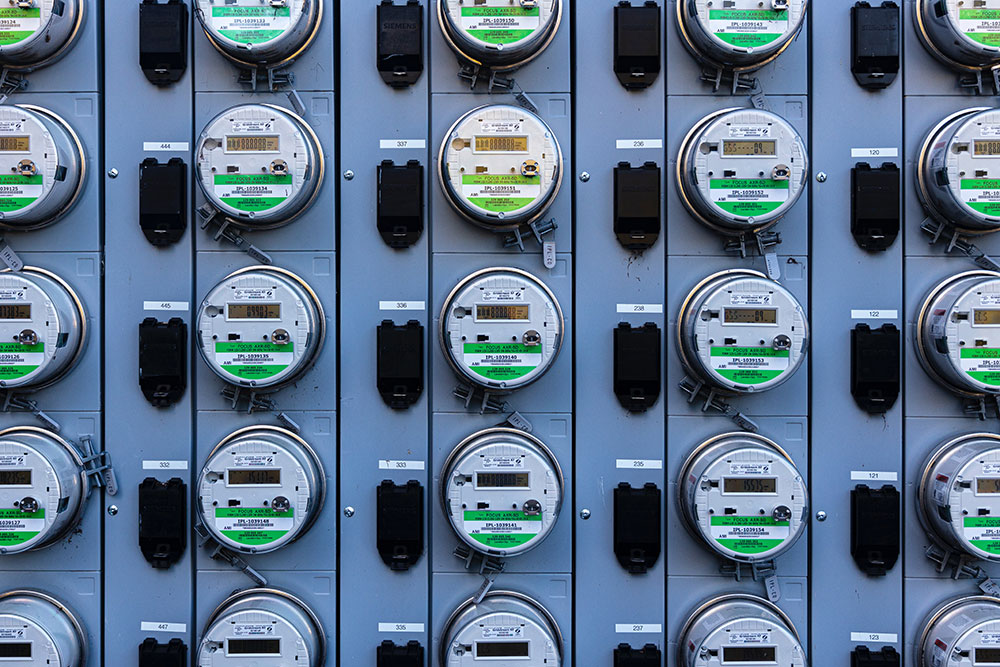
Energy storage technologies, particularly those with longer duration capabilities, are not only critical for implementing widespread use of renewable energies but also ensure governments consider energy equity when developing policies and industry rules, according to a paper published in the Electricity Journal by Sandia researchers.
“Over the last couple of years, the concern is that there’s a large segment of the population that may not be able to take advantage of energy storage technologies,” said lead author Will McNamara, an energy storage policy analyst at Sandia. “Our goal was first and foremost to educate the public about what energy equity is.”
According to the authors, underserved communities face disparities related to electricity service and access to new distributed energy resources, like on-site renewable energy generation and energy storage. These disparities include a higher proportion of income spent on energy, a higher likelihood to reside near fossil fuel and resource generating facilities that create health-threatening pollution, and more frequent and longer power outages than wealthier areas.
As more utility customers seek reliability and resilience through distributed energy resources, many communities often do not have the same level of access to these opportunities. Thus, energy equity is when access to the basic levels of energy required by individuals and families is equally available to all, regardless of race, geography, social standing or economic position.
One of the team’s key findings is that achieving energy equity falls mainly upon state regulators to identify gaps in their jurisdictions and take proactive steps to correlate energy policies with energy equity goals. The second main takeaway is that energy storage is a key steppingstone for achieving both decarbonization and energy equity.
To accomplish federal and state decarbonization goals aimed at addressing climate change, energy storage is vital because renewable energy sources like wind and solar are intermittent, said Will. “The sun doesn’t shine all day and the wind doesn’t blow all the time, so to cover those ebbs and flows of those intermittent resources, we’re going to need storage with long-duration capacities. While current storage technologies offer a duration of four hours, in the future it is projected that storage needs will necessitate durations at the 10-plus hour, weekly, monthly or seasonal levels.”
Energy storage is also becoming a tool for achieving equity in policymaking. For example, lawmakers in California — a state that has endured massive wildfires, rolling blackouts and the continued threat of large-scale grid outages — have been at the forefront of addressing energy equity issues, with support for helping low-income communities install behind-the-meter battery projects.
Behind-the-meter energy storage, Will said, is installed directly on the energy user’s premises and provides backup electrical during power outages, such as the massive blackouts associated with large wildfires. Lessening the likelihood and length of power outages can help decrease the burden on disadvantaged communities who may have limited means to find alternative housing or replace spoiled food.
Another example noted in the paper are the additional incentives for energy storage available to individuals in low-income communities in Massachusetts doing solar projects. As the authors note, however, participation by low-income communities has remained low, prompting decision-makers to rethink how to design the program to expand access.
Sandia’s role in thinking critically about energy equity stems from the Labs’ responsibility to help provide policy analysis for state-level energy storage deployment efforts, as directed by the DOE’s Office of Electricity. Will said that in addition to being a free service, states also appreciate that Sandia researchers do not advocate for specific policies. “We come in really just wanting to figure out what’s best for an individual state without any end result in mind, and that’s very unusual.”
Another differentiating aspect of Sandia’s policy and outreach work is having direct access to technical experts in energy storage research and development. “Having that knowledge — being able to call upon the engineers that are part of our group and across all of the labs — is really beneficial, and we are able to incorporate that perspective into our outreach work.”
As for next steps, the authors acknowledge that embracing energy storage as a tool for equitable policymaking is an ongoing effort. Will said Sandia’s energy storage policy and outreach group regularly holds workshops with state energy commissions and could foresee carving out a half a day just to cover equity issues. “Every state that our policy and outreach team has talked to over the last year has identified equity as being a concern.”